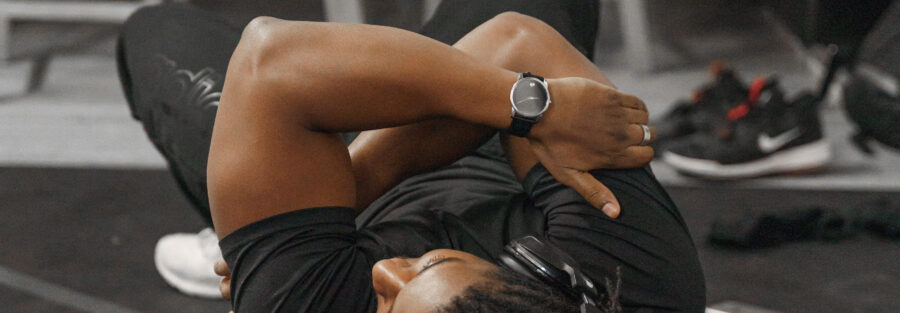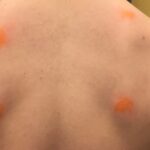Try these proven supplemental approaches to optimize the health of your tissues. Remember, athletes who stay injury free get more play time and ultimately, make more money.
It isn’t all about foam rolling, mobility, or flexibility. It’s also about having the right stuff in your blood to repair muscle and connective tissues from damage inherent to training. This comes in the form of mechanical damage from muscle contractions; and physiological damage from our metabolism (breaking down oxygen and sugar). To maintain our sleep quality; to improve the adaptations we achieve from our training; and to give it our all on the ice, court, or playing field day-in and day-out, the body must maintain its reserves of the substances required to heal.
In my experience here are the best bang-4-buck, evidence-led supplement strategies to bolster our capacity for self-repair:
1. Minerals
Training reduces our Total Anti-oxidant Status (TAS), which is a base measurement of our ability to counteract free radical activity in the body (free radicals destroy important structures in our cells). Feeding the body with minerals helps our muscle/tissue cells stay protected from free radical damage and speeds the healing process.
A. Greens+: The research on this product is pretty solid, and it has been a staple in the diet of many athletes because of it. I can personally attest to having seen changes in pH strip readings over the course of several weeks with the simple addition of this product to an athlete’s regiment.
B. Magnesium Taurate, Glycinate,, Malate, or Threonate: Magnesium is responsible for so many of the body’s processes- the most important of them being the regulation of the nervous system, enabling the body to put the breaks on catabolism (tissue breakdown). Dose it to your bodyweight at 7.5mg to 10mg per kg depending on the volume and intensity of daily activity. This strategy comes from the work of Dr. James Lavalle.
2. Omega-3 Fatty Acid
A. Fish Oil: All damaged tissue in the body, no matter how it occurs, follows the same healing process: inflammation to get the bad stuff out of the area; repair by laying down new structures; and remodeling, where the new structures are aligned with the healthy, adjacent tissue. As an Omega-3 fatty acid, fish oil ensures that we move from the inflammation stage to the repair and remodeling stages more efficiently. To learn more about how to dose fish oil for this purpose, read Dr. Michael Lewis’ book, When Brains Collide. I recommend anywhere from 3-10g a day depending on activity and injury history. For a synopsis of Lewis’ book and a more specific look at what dosages might be helpful to you, take a gander at this piece I wrote for STACK Magazine: Can Fish Oil Help Heal Concussions?
3. Protein
A. Collagen: Use collagen in the form of collagen powder (I like the brand, Vital Protein Collagen Peptides); Glycine (10g a day); or NEM (natural egg shell membrane) to maintain reserves of the building-blocks of your connective tissue (fascia/tendons/ligaments) so that they can more readily rebuild themselves in response to the degradation brought about by plyometrics and mechanical loading (jumping, sprinting, landing, and lifting).
Happy Training!



